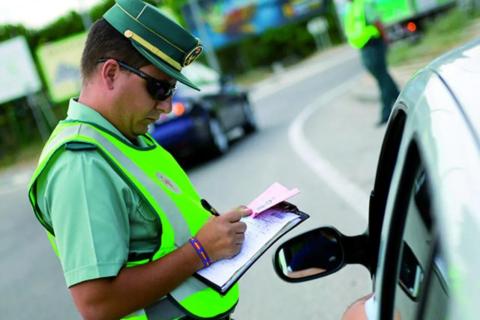
Be careful, a fine is only successfully appealed when there is a defect in the sanction
Once you receive the notification and as long as there is a failure, every driver has the right to claim. Appealing a fine is a simple procedure (in most cases) and, as long as there is a legal basis for it, it can free you from paying DGT fines.
Appeal or discount?
There are two main reasons why drivers waive their right to appeal a ticket.
The first is ignorance. This includes those who do not know that DGT sanctions admit of appeal and those who think that it is a long and complex procedure that usually ends with a judgment against the driver (false, a report by Associated European Motorists states that almost half of the Appealed fines are annulled).
The second is an economic issue. Appealing a traffic complaint means giving up the possibility of reducing the amount to be paid by 50%. This prompt payment discount allows a speeding violation to drop from 100 to 50 euros, but in no case will the loss of driving license points be avoided.
Five keys to appealing a fine successfully
With the second point there is nothing to do, yes with the first. To present allegations a fine it is advisable to take into account these five tips:
1. Deadlines
The sanctions can be appealed within a period of 20 calendar days from the notification. In this regard there are two possibilities:
- For fines that are notified on the spot, normally derived from the driver’s behavior (such as speed, mobile, seatbelt, reckless driving or driving under the influence of alcohol or drugs) the period begins from the moment the agent delivers Bulletin
- In those cases in which the agent does not stop the driver, you have to wait to receive the notification by mail or for it to be published in the digital media of the DGT. In this case, the 20 days start counting from the day after the disciplinary file is received. The same happens with the fines that we find on the windshield (parking fines are the most common).
2. Defects
Once the notification is received, several data must be verified.
The first is to what name the complaint comes. The DGT always sends the notification to the owner of the vehicle, but that does not have to be the person who was driving at the time of the offence. If both data do not match, the first thing is for the owner to notify the identity of the driver so that he is the one who assumes the consequences, especially as far as loss of points is concerned (in this link we tell you how to identify the driver).
3. Photos
There are many sanctions that have been successfully appealed because the photos that accompany the notification are not of sufficient quality or do not allow the data that identifies the vehicle to be seen correctly.
In the case of speeding violations recorded by fixed, mobile and section radars, they must be accompanied by two images, one of which will show a panoramic view of the vehicle and the other must clearly display the license plate.
4. Text
All appeals must be accompanied by a text that explains the reasons why the driver does not agree with the sanction.
This text must include a heading (to whom it is addressed and who presents it), the facts or the account thereof, the legal grounds, that is, the rights that we understand to be violated and the request for the evidence that we deem appropriate, and the supplication or request.
Once the letter is submitted through the appropriate channel (by registration, by mail, or electronically if it is not a company), we will wait for the Administration to reply to the letter, a response that will always be addressed to the person who He has filed it, that is, the sanctioned one.
5. Fines prescribe
The period that elapsed from the date of the fine until we received it, because depending on the time that has passed (3 or 6 months) the statute of limitations of the offense may be claimed.
Minor traffic offenses prescribe after three months, and serious and very serious offenses, after six months. In other words, from the day the offense is committed, the DGT or the City Council have three or six months to notify the driver of the penalty.


